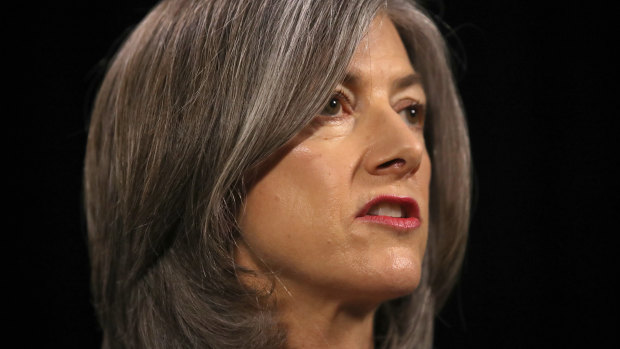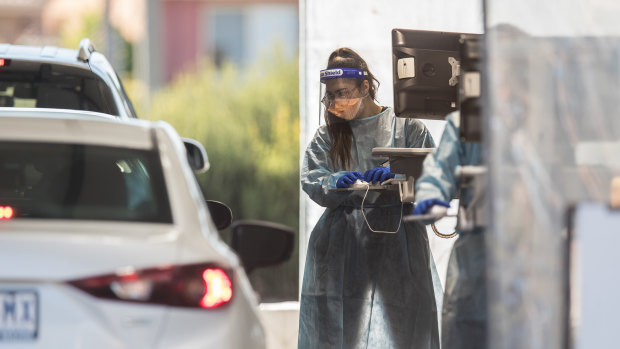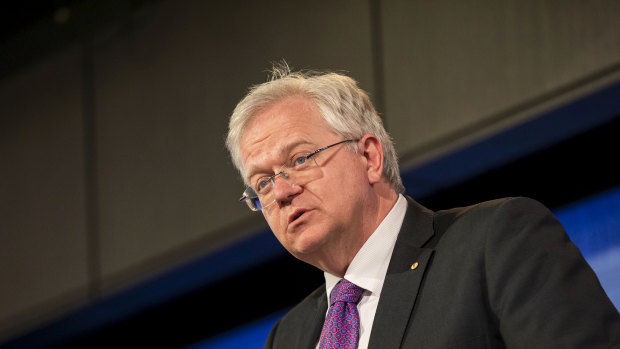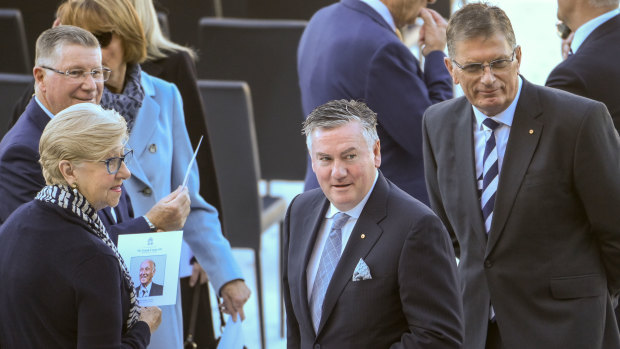Thank you for joining us during our live coverage of the budget wash-up. My colleague Michaela Whitbourn will be back bright and early tomorrow morning ahead of Anthony Albanese’s budget reply speech.
Here’s a recap of today’s top stories:
- Genomic sequencing has linked the Victorian man who yesterday tested positive to COVID-19 to a positive case in Adelaide’s hotel quarantine program. No additional positive cases have been reported so far but the AFL is assisting contact tracers because the man rode on two train services used by football fans.
- New South Wales has also recorded no new cases. Premier Gladys Berejiklian has said she would like to see international borders open sooner than mid-2022 (the date outlined in the federal budget).
- The Morrison government has defended $74.6 billion in new spending, saying the money is needed to help Australia recover from the COVID-19 pandemic. Labor says if the Government is accruing such levels of debt it should do more to transform the economy and lift wages.



